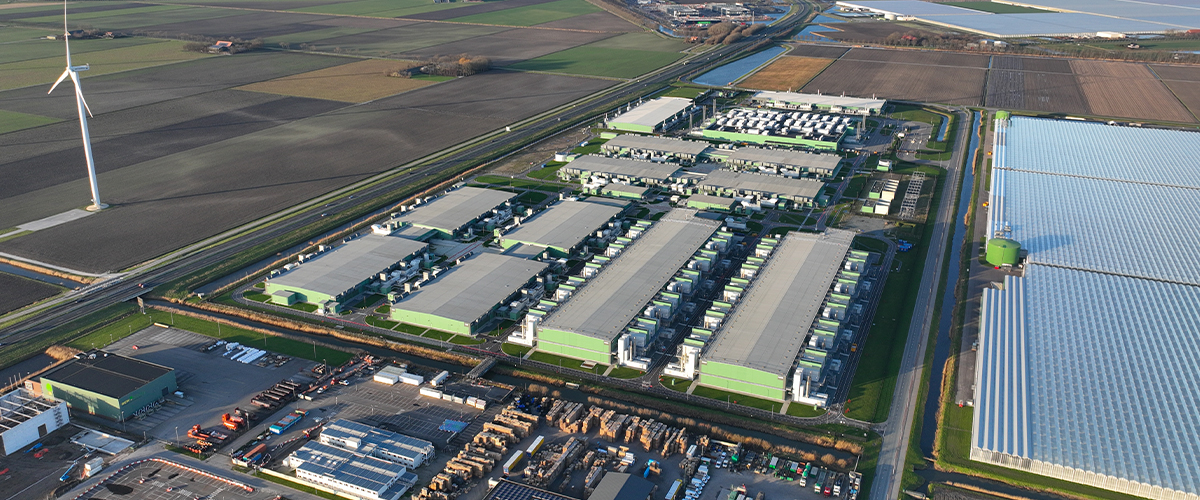High-altitude electromagnetic pulses (HEMPs) have been considered a rare but probable threat for some time. A solar flare caused a HEMP that blacked out most of Quebec in 1989 and demonstrated that electric grids are susceptible to unpredictable energy events.
Similarly, the military recognizes that HEMPs can also be generated intentionally by an explosion in the atmosphere. Electromagnetic radiation is the first energy released after a nuclear denotation. Conceivably, enemies could position a weaponized pulse to not only disable electric power but also permanently damage electronic devices across a wide geographic area.
In recent years, stewards of both the domestic electrical grid and the command and communications functions of military operations have taken a serious accounting of HEMP risks and have adopted long-term strategies to protect the most critical points of their networks.
Now attention is turning towards the interconnected web of data centers. A HEMP event targeting data infrastructure could cause widespread disruption with potential dire consequences—a catastrophic shutdown of Internet and mobile communications and automated systems—with damage to electronics systems that would take months or even years to restore.
The geographic consolidation of data centers, clustering around Washington DC or Silicon Valley, has been recognized as a growing national security vulnerability.
For instance, a small area of northern Virginia houses 60 percent of U.S. data center traffic. A weaponized 500-mile-radius pulse—delivered by missile, balloon, or passing ship—could knock out all these centers at once.
Mitigation Measures from Defense and Utilities
Although no legislation or industry standard has yet mandated HEMP mitigation actions for data centers, there has been increasing interest in safeguarding data centers and ensuring uninterrupted network operations.
Defense agencies and utility companies tasked with the mission to protect critical infrastructure have looked towards an infrastructure protection strategy that involves the installation of high-frequency filters on power supply lines just before they reach more sensitive equipment. These filters can attenuate and redirect HEMP-induced currents.
The higher frequencies of an induced current are the most damaging to electronic infrastructure. TSS USA Manufacturing has produced the first-of-its-kind high-frequency filter that operates in the medium range of voltages, now capable of resisting surges up to 5000 volts. These filters are rated for 250A, 400A, and 800A systems, so can act as shielding for a large portion of data center operations.
Additionally, high-frequency filters also come designed for lower voltages and can be deployed tactically on specific instruments of importance, such as servers, storage devices, and or other networking security applications. At TSS USA Manufacturing, low voltage filters are suitable for a range of telecom applications including filtering control and transmission of low current and data signal into shielded rooms and communications cabins. TSS offers a range of 2-line, 3-line, and 4-line HEMP standard filters suitable for single- and three-phase main supply lines.
Installation Challenges
Implementing high-frequency filters in data centers can present certain challenges. One major challenge is the integration of these filters into existing infrastructure without disrupting ongoing operations.
Retrofitting data centers with high-frequency filters requires careful planning and coordination to minimize downtime and maintain business continuity. Furthermore, the installation process should be performed by trained professionals who possess the expertise to ensure proper grounding, shielding, and interconnection of the filters. With over 40 years of HEMP mitigation experience, TSS USA Manufacturing assists its clients with all aspects of filter installation, as well as regular maintenance and testing of the system.
Despite the challenges, employing high-frequency filters in data centers offers numerous benefits in terms of resilience and electromagnetic compatibility. While providing the precautions against the impact of HEMP events, high-frequency filters reduce the emissions of electromagnetic interference (EMI) which helps to keep compliance with relevant regulatory standards.
A Growing Concern
As our economy becomes more dependent on network communications for vital functions, protecting data centers from the damaging effects of HEMP events will take on greater importance.
High-frequency filters serve as an effective strategy for attenuating and redirecting HEMP-induced currents, safeguarding the critical components and sensitive equipment within data centers.
While challenges to implement mitigation measures certainly exist, the benefits of employing these filters include increased resilience, enhanced electromagnetic compatibility, and reduced risk of downtime and data loss. Contact a technical expert at TSS to discuss the prospects of high-frequency filters at your data facility.



